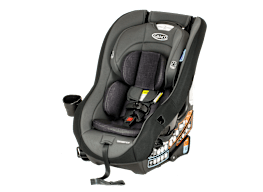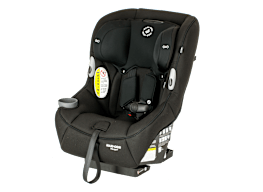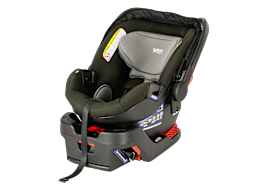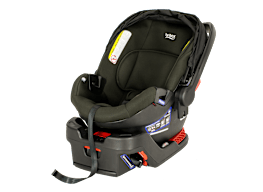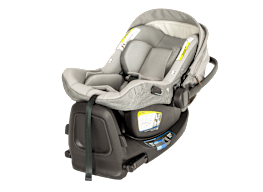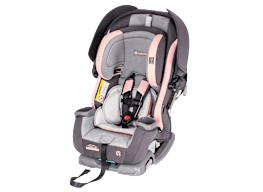Best All-in-One Car Seats
New models are less of a compromise but still may not be for everyone
When you shop through retailer links on our site, we may earn affiliate commissions. 100% of the fees we collect are used to support our nonprofit mission. Learn more.
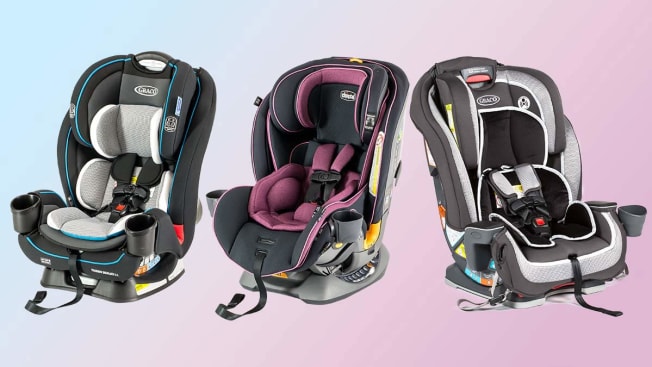
As the name implies, all-in-one car seats are designed for children from birth to booster-seat age. Earlier versions didn’t do well in our ratings of all-in-one-car seats because each mode showed compromises when compared with seats dedicated to specific age ranges. But this category has come a long way. Our latest tests show that some of the newest all-in-one seats are better all-around performers than previous models. And while the idea of paying for just one seat is tempting, there are still important pros and cons to weigh for a seat designed to do it all.
Pros of All-in-One Car Seats
Value: The average cost of the all-in-ones in CR’s ratings is $248, with the most expensive option being $400. When compared with the average $600 cost of three individual seats (an infant car seat, a convertible car seat, and a booster seat), the value potential of a single seat is clear. Even if you only purchased the best value car-seat models for those three categories, that puts the total at $290, which is still slightly more expensive than the average all-in-one.
Familiarity: Properly using and securely installing your car seat can come with a steep learning curve. But one advantage of an all-in-one is that as your child grows and transitions from rear-facing to forward-facing and harness to booster, the familiarity of the seat means you don’t have to relearn everything. There may be one or two new steps, but the basics will remain the same.
Eco-friendly: One seat instead of three seats is kinder to the environment because there are currently very limited recycling programs for car seats.
Cons of All-in-One Car Seats
Weight: Because they’re designed to do so many things, all-in-one car seats can be fairly heavy, averaging around 21 pounds. The heaviest seat in our ratings is 31 pounds. The seat’s weight really comes into play in two main areas: LATCH usability and booster mode. The lower LATCH anchors are limited to 65 pounds total (child plus car seat), so a heavier seat means switching to a seat-belt installation sooner. And while most people aren’t moving their car seat between vehicles as often while their kids are in the harness stage, they’re more likely to be moving their booster between vehicles for play dates, sports practice, or school pickups. Lugging around a heavy all-in-one car seat adds a level of difficulty to any of those situations. A smart alternative is to have a spare booster seat for those occasions.
When an All-in-One Car Seat Works Best
As a second seat: Although all-in-ones can be used for newborns, we think that the fit and carrier convenience provided by a dedicated infant seat still make it your best bet. So perhaps after an infant car seat, you switch to an all-in-one instead of a traditional convertible car seat to keep your child rear-facing, then transition to forward-facing and ultimately a booster.
As the “extra” seat: All-in-ones can also be used as your safe alternate seat, perhaps to keep with the babysitter or installed in a grandparent’s car for occasional use.
Standout All-in-One Car Seats
Based on CR’s evaluations, three models stand out for their balance of crash protection, ease of use, vehicle fit when used as a harnessed seat, and seat-belt fit in booster mode.


















